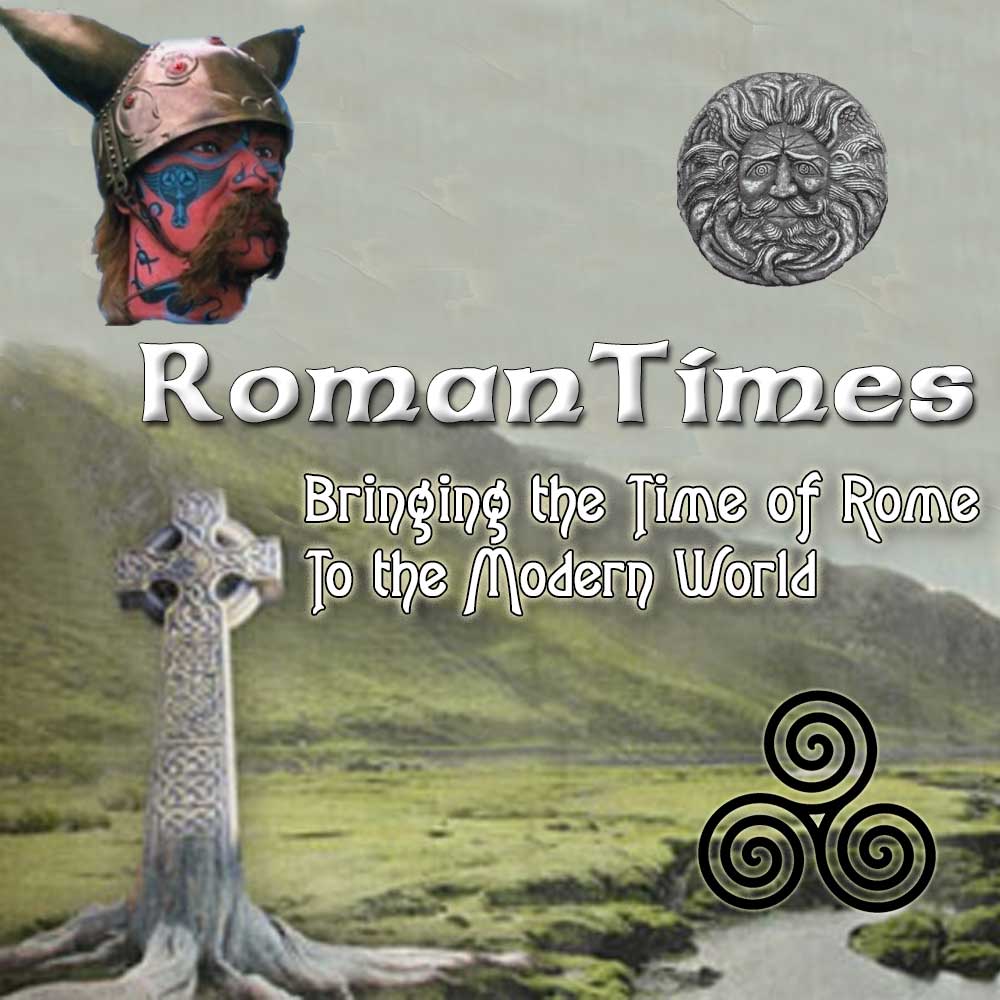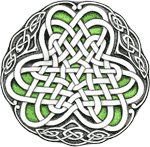Celtic Kit Guide — Gear
[[Expand]]
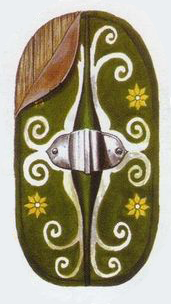 Shields: The primary defensive equipment of the Celt was the shield. These were normally just over a meter tall, constructed of wood reinforced with metal, and shaped in either an oval or an oval flattened at the top and the bottom.
Shields: The primary defensive equipment of the Celt was the shield. These were normally just over a meter tall, constructed of wood reinforced with metal, and shaped in either an oval or an oval flattened at the top and the bottom.
Celtic shields were used in battle by the Celts and other ancient tribes as their main weapon for defense. They are often found in Iron Age male burial sites. The Witham shield and the Battersea shield are two of the most well-known Celtic shields. Battle shields were often individually decorated with various symbols. These Celtic shields were designed to be both light and strong. Celts used their shields defensively but also as an offensive weapon. A favorite tactic of a Celtic warrior was to strike the enemy with his shield. The Celts in Britain used smaller shields in battle while continental Celts used larger shields. Shields sometimes shattered in combat and were an expendable item.
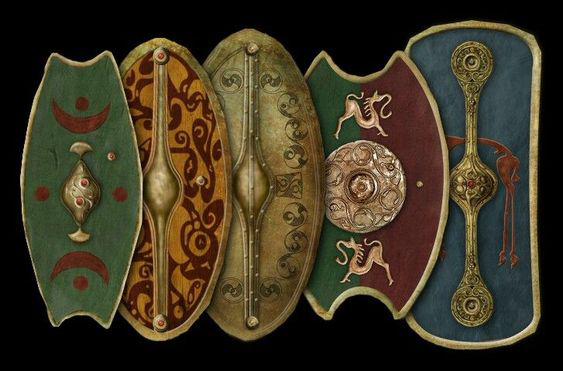
Helmets
These were rather uncommon pieces and were only worn by nobles as helmets were expensive to produce and it is thought that only the wealthier warriors would have owned them. Styles varied immensely from a simple conical metal cap, to a cap with heavy cheek guards and stylized metal ornamentation displayed on the top. Aside from armor and weapons, the Celts also utilized numerous Celtic helmets for battles. Yet there was a time when the Celts fought in battles without wearing any helmets.
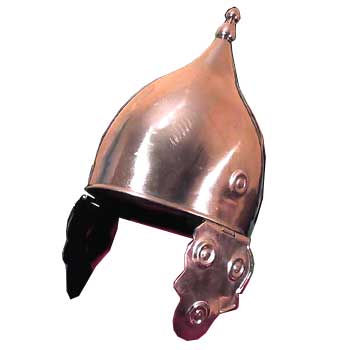
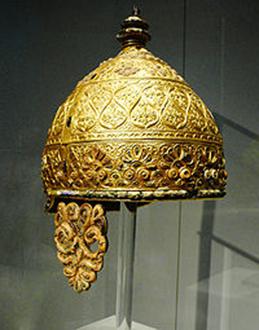
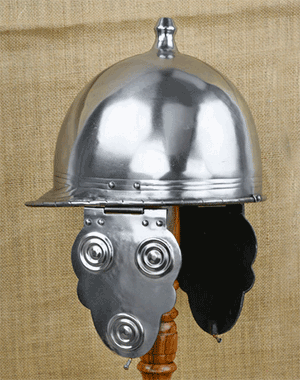 Montefortino Helmet
Montefortino Helmet
The Montefortino helmet was a type of Celtic then later, Roman helmet. It was used in battle from 300 BC throughout the 1st century AD. During these times, the helmet experienced continued modifications and enhancements.
Characteristics of the Montefortino Helmet
Montefortino helmets are characterized by a round or conical form with an elevated central knob. It featured a prominent neck guard and cheek plates for protecting the sides of the user's head.
Other common features include a rope-like design along the edge, plus a pinecone-styled pattern on its crest knob.
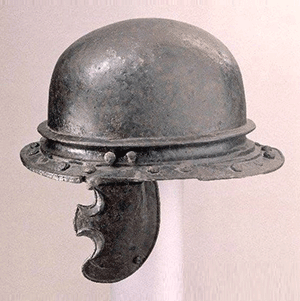 Coolus Helmet
Coolus Helmet
The Coolus helmet was an ancient Celtic and Roman helmet made from brass or bronze. Like the Montefortino, these were descendants of the Celtic type helms.
Bronze was used to produce such helmets. The reason for it may likely be due to the type of wars the helmet was utilized for. Also, the cultural affinities may have influenced the use of such material and why the helmet was crafted this way.
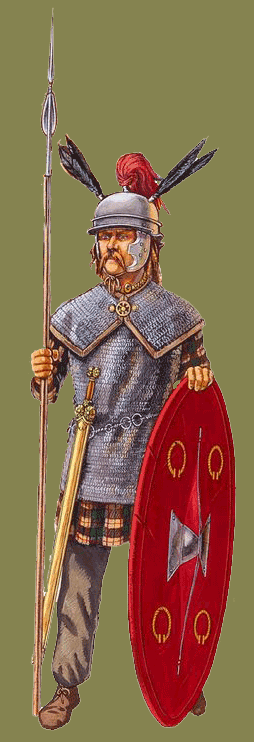 Armor
Armor
The first Celtic armors were tunics and leather and body armor was very rare among the British Celts. However, the wealthiest warriors and chiefs probably could have worn some kind of scale or chainmail shirt. Composite armour made of fabric or leather, not unlike the Greek linothorax, is portrayed in Celtic art and was certainly used. Mounted warriors depicted on a Halstatt scabbard from Grave 995 appear to be wearing a kind of padded tunic with a skirt of leather straps, known as pteruges in Greek to protect the lower body.
The early Celts did not wear armor, but later on armor was most likely a leather jerkin. As time went on, some fought protected by a type a bronze plate. But it is possible they also used a type of chain mail, which the Celts actually invented.
As early as the 4th century BC, Celtic metalworkers mastered the techniques to develop their own chain mail armour. There are many Classical depictions of Celts portray them wearing mail shirts. Chain mail has been found in Late Iron Age burials from Western, Central, and especially Eastern Europe. The Romans likely first encountered chain armour in areas with Celtic presences like northern Italy. Certainly, according to the Romans, chest plates and chain mail armor were of Celtic origin. Celtic armors found by archeologists were made of leather, iron, and bronze. Though Celtic warriors at first didnt wear armor, they found the need to do so in many wars after.
ry references to the Celts wearing chainmail armour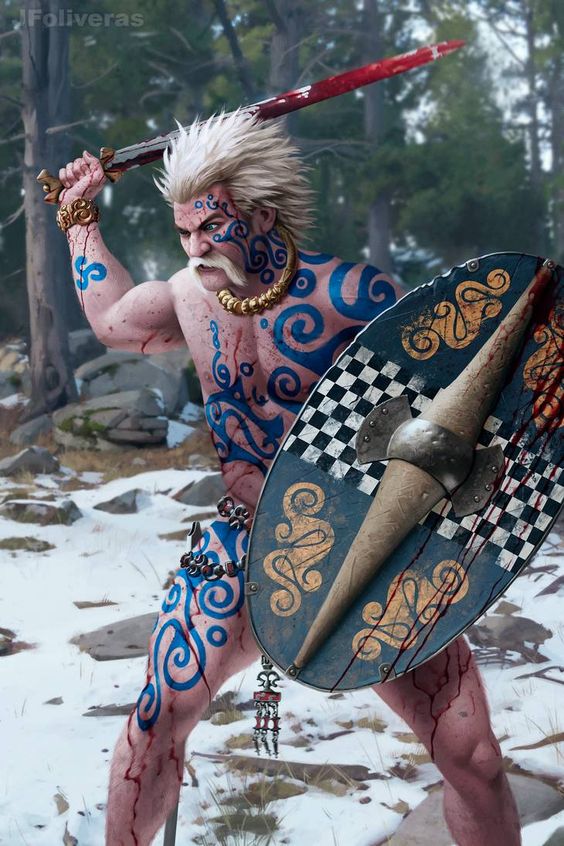 Nudity
Nudity
In many classical depictions, Celtic warriors are naked. This has lead to a lot of debate among scholars. Current theory is that these men were part of special mercenary units that used nudity to identify their status.
As for the tradition that they fought naked? Perhaps it was all hogwash. Maybe it was true at some point, or true of some of the tribes and not others, but from what I can tell, most of the time, they fought clothed and at least lightly armored. Given the success of the Celtic armies over the centuries, I tend to believe they used armor.

